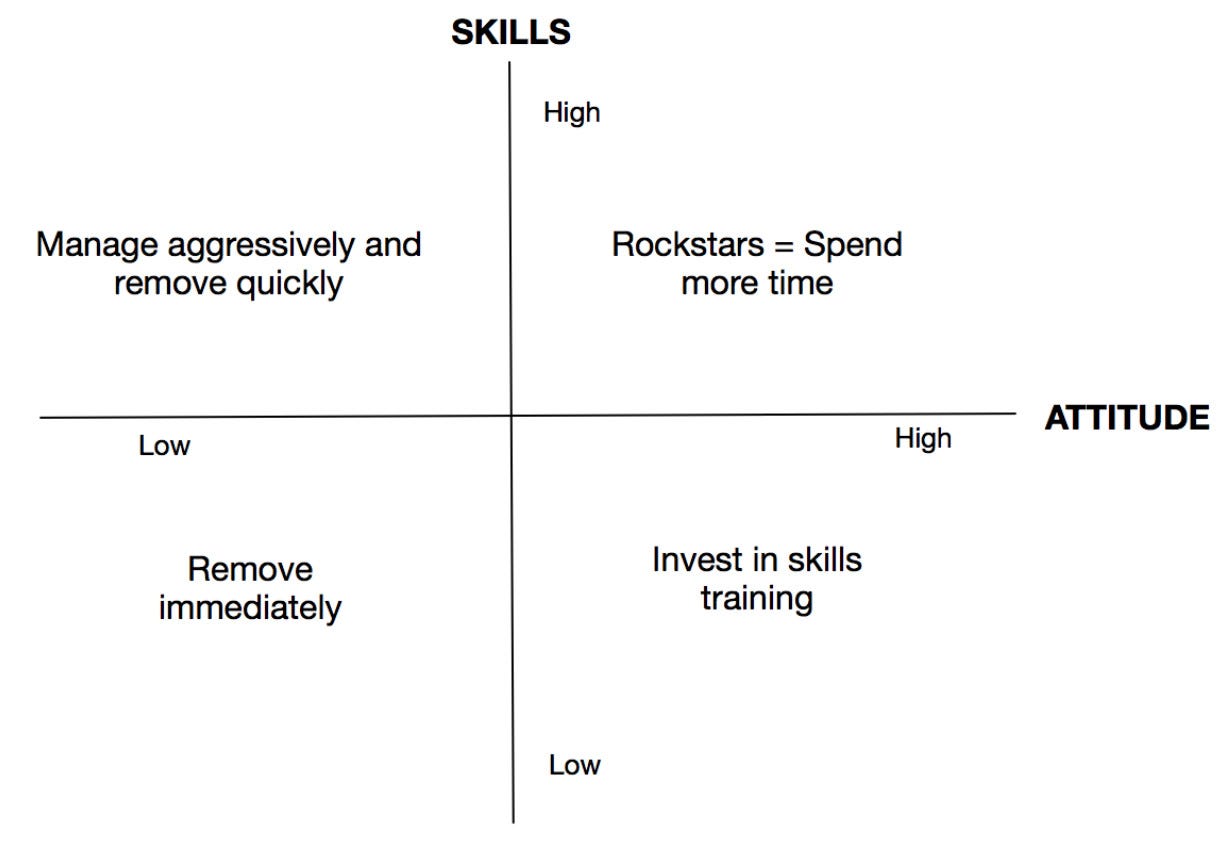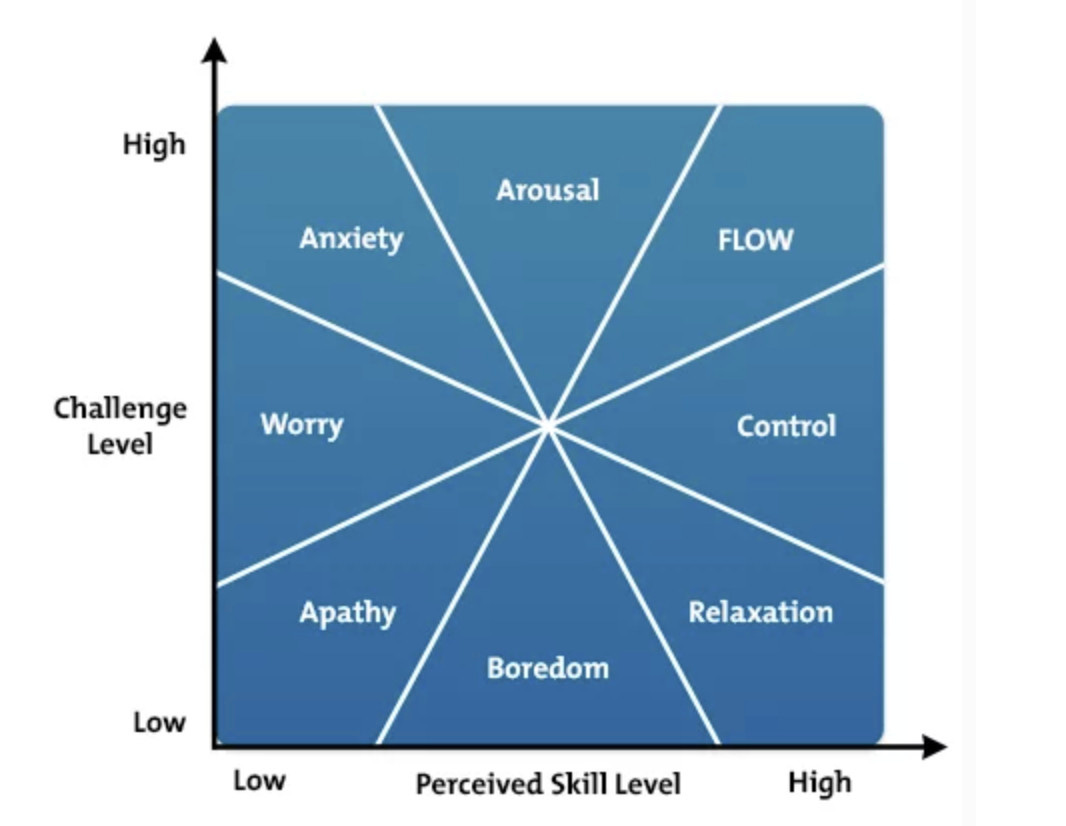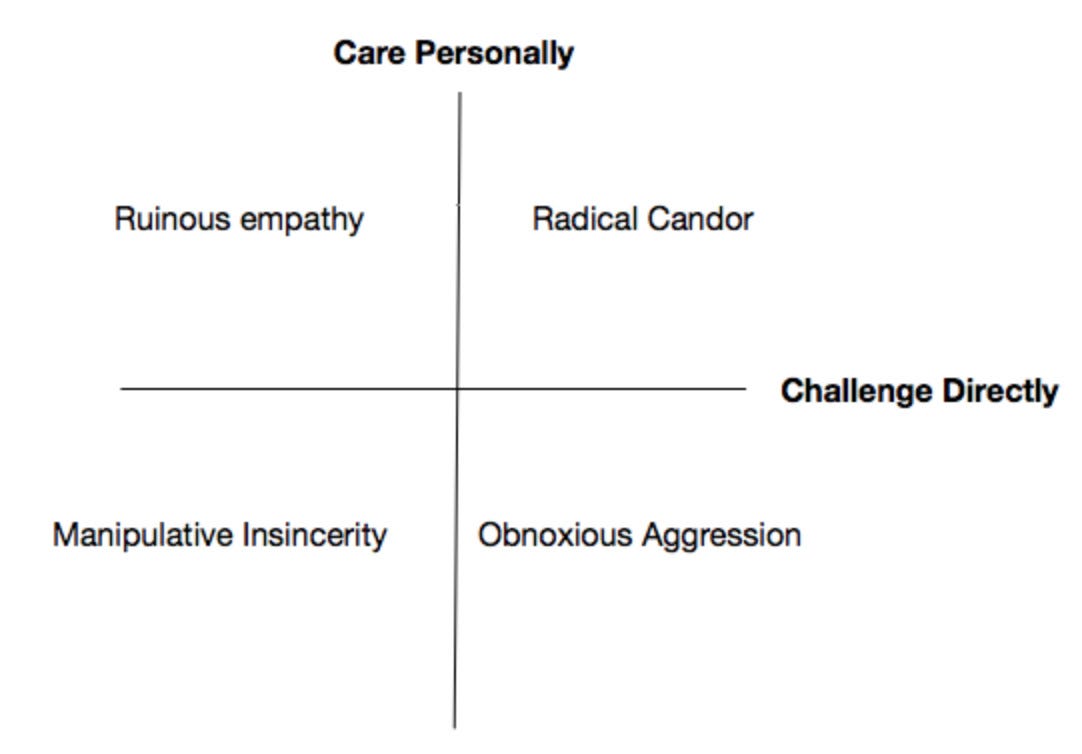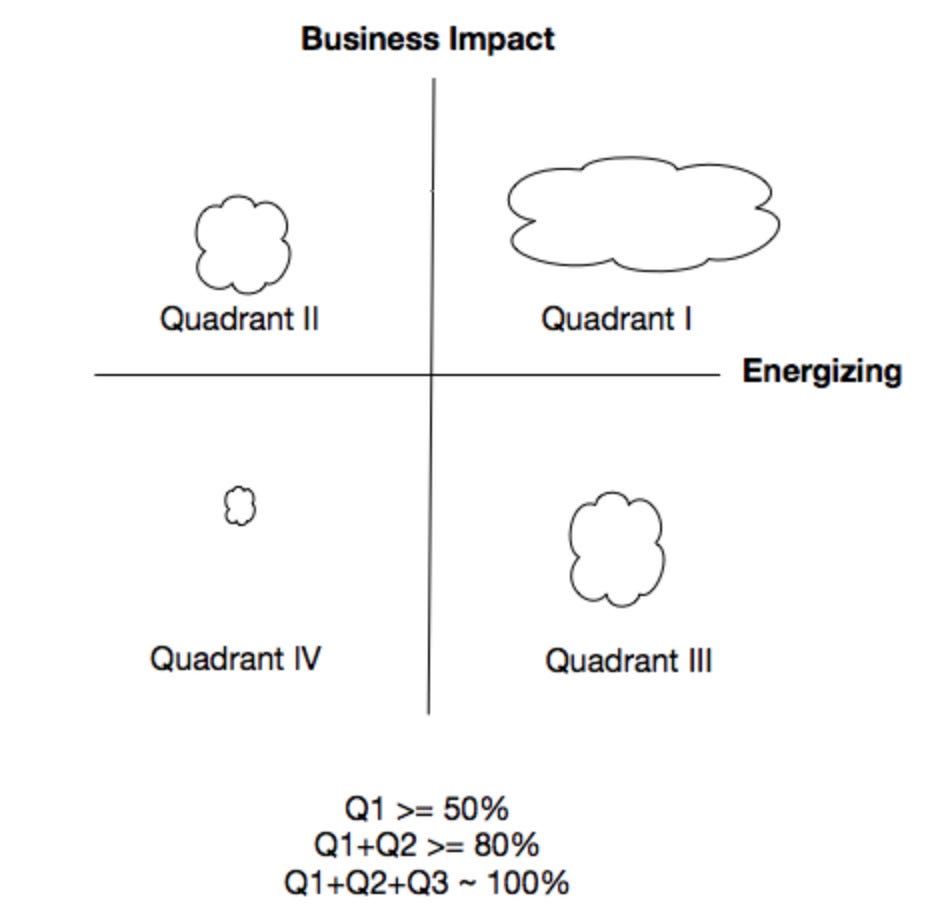Yikes! I need to lead people
The hardest job in Silicon valley is not writing code or leading people. Instead, it is convincing an engineer that she or he needs to start leading people. I suspect the disdain and reluctance for leading others stems from not understanding what the job entails. This post is an attempt to demystify what good leaders do. At the core, leadership is about getting outsized results by bringing out the best in people.
There isn't a singular approach to leading people. Leading people is dynamic. It depends on the person, the task, the criticality of business outcome, the current state of the peep, the current state of the team and host of other factors. Leading people is a craft and like all good craftsmen, leaders require a set of tools that they can customize for the unique situation in front of them.
Good leaders do the following things well:
They build trust
The inspire
They create focus
They create a culture of feedback
They create a culture of accountability
They enable outsized growth for their people
Build Trust
Trust is the fundamental building block of great teams. If you are in a team where there is low trust between sub-teams or individuals, drop everything and work on this. No great team was built on low trust. Google's research into what makes an effective team found that psychological safety was the primary factor that set successful teams apart. Psychological safety is the ability of team members to feel that they can take risks without feeling insecure or embarrassed. If you have a team where people are always agreeing or are afraid to voice their opinions or are not taking big risks then you have a team that is low on trust.
Building trust takes a lot of time and breaking trust is instantaneous. Few suggestions to increase trust in your team
Organize off sites where people can get to know each other
Weed out people with hard_to_change bad attitudes asap. You can often train for skills but it is hard to train for attitude
Start team meetings with what risk each person took the last week
Acknowledge and celebrate failures. Start with your own.
Be impeccable with your word. People will model your behavior. If you bad mouth someone, it will be understood as the norm
Assume best intent
Encourage direct conversations
Inspire
To give their best day in and day out, people need to know that they are working towards something meaningful. In other words, people need a vision that energizes them. They need to hear it from the leader, they need to feel part of defining it and they need to be reminded of it.
Vision statements are often associated with pointy haired bosses. So most good technical leaders struggle with articulating it and getting the team to spend time on this. To overcome this, reframe the vision to something more tangible. For instance, as a variation, ask people if they crush it day in and day out, how would things look like in 6 months or 1 year. These conversations help build the vision from bottom-up.
The other part of inspiration is to set context and remind people how far they have come. Your rockstars are often hard on themselves and nothing is good enough for them. Hence they need periodic reminders on the progress they and the team has made.
Few suggestions to inspire your team
Create time for discussing vision. Discuss what greatness would look like. Make this a habit
Spend some 1:1s asking people what they dream that they could do. Listen to that, and find ways to enable that
Identify peer companies that are exceptional. Visit and learn from them. Setup time to meet with external speakers and have them meet your team
Identify things that your team is doing that is differentiated and driving meaningful business impact. Double down on these
Start a ritual in team meetings where each person discusses a key innovation they implemented that week
Push for writing blogs, presenting in conferences, patenting stuff and for open sourcing code
Encourage hackathons
Encourage team members to read leading journals in their space
Create Focus
The bane of modern day workplace is lack of focus. People suffer more from indigestion (too much to do) than from starvation (too little to do). For the modern workforce it is critical to create “flow”, a state that is essential for producing high quality work. The primary stumbling block for achieving greatness is the inability of people to spend large amounts of undistracted time doing difficult, high quality work. People are addicted to a state of distracted hyperconnectedness amplified by a world that believes that being always online and connected is a virtue.
As a lead, a key role is to create focus for the team and following are some suggestions to enable that
Be a role model for doing deep work. If your life is a constant pendulum between meetings, emails and chat products, you are not taking any time for deep work. Deep thinking and deep work is needed to reflect on state of things, to strategize and to steer the ship in the right direction.
Discuss meta things in team meetings. For instance discuss how team should manage time (one model is the Maker/Manager Schedule); discuss the need for flow zones, no meeting time slots, no meeting days, no meetings weeks; discuss rules you will follow as a team to create flow; discuss rules for effective meetings and check if team feels there are too many or low quality meetings.
Understand if your peep has the right balance between challenge and skill and change the tasks to increase time in the flow zone. See picture below
Close, Logout of tools (i.e. Slack or email) that aren't required to get work done
Practice PQPA. Rambling destroys focus and wastes time for all
Discuss one priority with each person.
Share and make visible your team's priorities
Discuss what was most rewarding thing that your peep did in 1:1s and explore what led to that.
Create a culture of feedback
Great peeps have a deep desire to learn and grow. Feedback is your primary mechanism for that. To create a culture of feedback, you have to be excellent at receiving feedback and at delivering authentic feedback. People find behavioral feedback hard to deliver as it often comes across as a judgement being passed. So the easier way to build this muscle is through work product feedback- critical review of work that someone produces. Excellent people are craftsmen, they like to get better at their craft and most crave for and respect thoughtful feedback that makes their craft better. Once the team has built sufficient trust and well developed feedback muscle through work product feedback, they will get better at behavioral feedback. Things you can do as a leader to create culture of feedback:
Be a role model for soliciting and receiving feedback
Care for your people and be direct in delivering feedback. See radical candor matrix
Build a ritual for work product feedback. Code reviews, murder boards, retrospectives are all good examples of this. Be a stickler for following this process in a high quality way
Discuss with each peep their appetite and preference for receiving feedback. Discuss your preference and quirks when it comes to feedback
Ensure that there is a good balance of Appreciative, Constructive and Evaluative feedback. The last is essential for new peeps as they like to know how they are doing
Keep a log for all your 1:1s and have at least one byte sized feedback for each interaction
Create a culture of accountability
Peeps cite micro management as the most pervasive leadership problem. I posit that the opposite of this, under management is the most pervasive problem. A key aspect of under management is not holding people accountable to outcomes. Holding someone accountable is hard. It is so tempting and easy to let it pass and ignore. By ignoring this, leaders do a big disservice to their peeps. To be clear, this does not mean you become the accountability czar. Instead your role is to ensure that there is a mechanism for accountability in the team. Some ideas:
Talk to people about what holds them back and what they would like to do more of. It is a good way to ease into a conversation on what they want to be held accountable for
Start rituals like demo days where people can share what they worked on with peers. Peeps like to show things they have worked on and hate to be the person who has nothing to show week after week
Model the behavior by saying what you do and doing what you say
Discuss things that you would like to be held accountable to and request your team to do it. That way they see that this applies to all
Enable growth
All of the above are stepping stones to the main reason people take on this arduous task of being a leader and that is to enable significant growth for their peeps. Seeing people grow is the most fulfilling thing for a leader. However growth gets conflated with changes in title, number of direct reports, etc. An alternate way to think about growth is increasing the percentage of time one spends in doing work that both has high business impact and is energizing.
All work can be categorized along two axis, the horizontal indicating if the work was energizing or depleting and the vertical indicating how valuable the work was to business. While we would want 100% of work to be energizing and impactful, the reality may be different from that. A good leader helps people understand their personal map and guides them in shifting more work to the the first quadrant. Some suggestions:
Ask people to track and share this with you. Instead of making an exhaustive list ask them for what was most energizing, what was most impactful, what was most depleting and what was least impactful.
Once a quarter, discuss growth along these dimensions. Discuss radical ideas to shift 100% of work to Quadrant I
Ask people at a regular cadence to list everything that they rather not do. People are packrats and that extends to work as well.
Leading people is the best way for you to grow. You have to walk the talk. So, in the process of helping others achieve their highest potential, you end up realizing yours.




